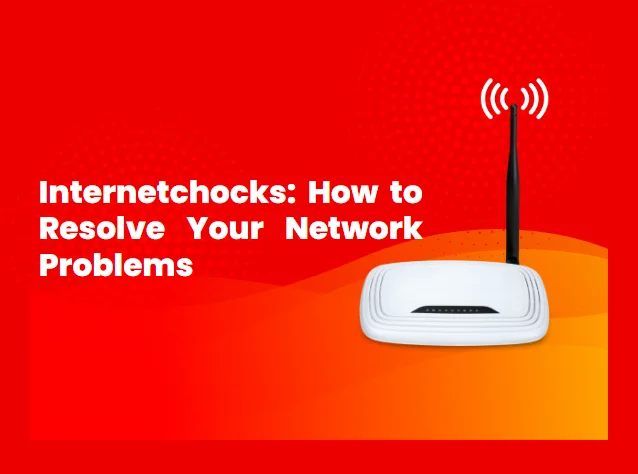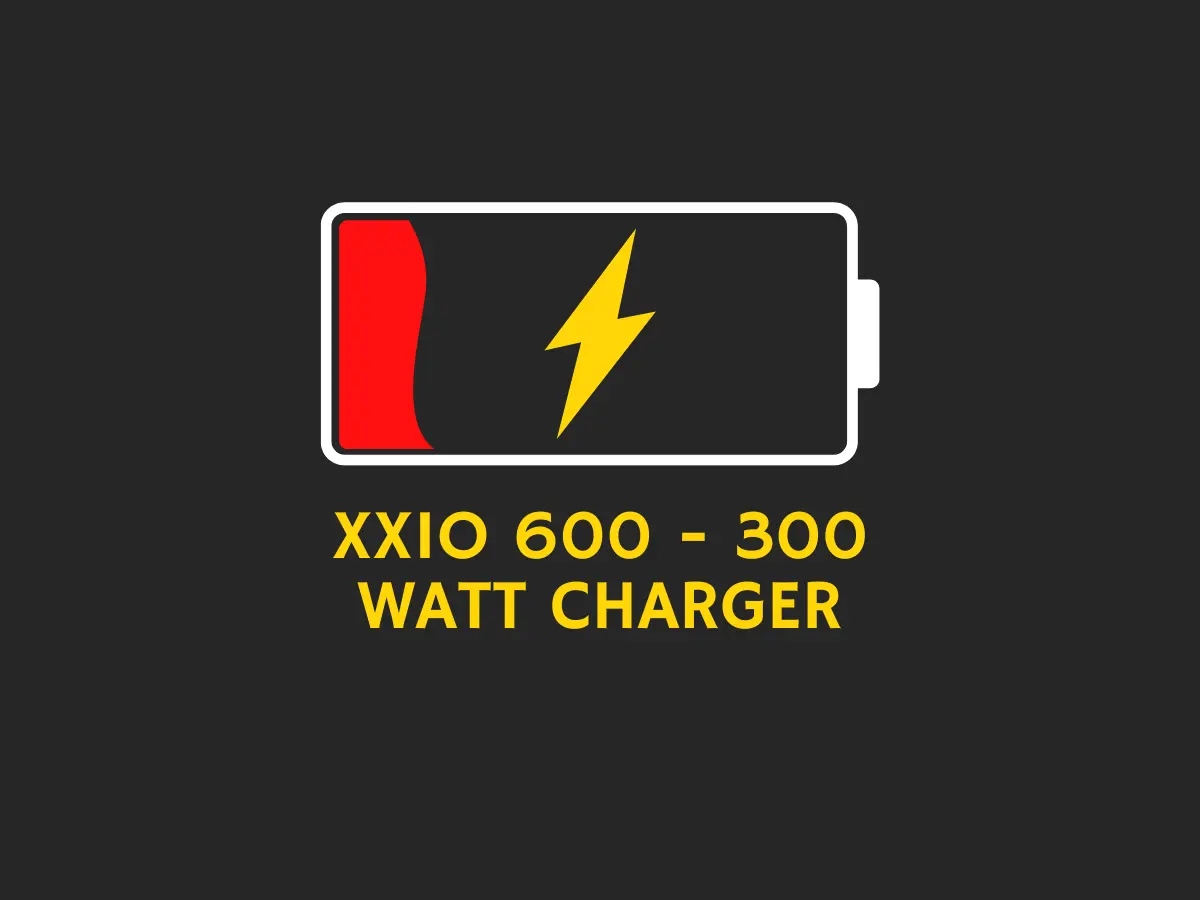Internetchocks: How to Resolve Your Network Problems
In today’s digital age, reliable internet connectivity is essential. Whether you’re working remotely, streaming your favorite shows, or simply browsing the web, network problems can be incredibly disruptive. If you’re encountering network issues, this guide—focused on tackling “Internetchocks”—will help you diagnose and resolve your connectivity problems. With clear steps and practical advice, you’ll be back online in no time.
What Are Internetchocks?
Before diving into solutions, let’s clarify what we mean by “Internetchocks.” This term encompasses various network problems that can cause internet disruptions. These issues might include:
- Slow Internet Speeds: Experiencing sluggish performance during online activities.
- Intermittent Connectivity: Frequent disconnections that disrupt your browsing or streaming.
- Complete Loss of Connection: No internet access at all.
- High Latency: Delays in data transmission, affecting real-time activities like gaming or video calls.
Understanding these problems will help in diagnosing and fixing them effectively.
Common Internetchocks and How to Resolve Them
1. Slow Internet Speeds
Slow internet can be incredibly frustrating. Here’s how to address this common internetchock:
- Run a Speed Test: Use a speed test tool (like Ookla’s Speedtest) to check your current internet speed. Compare the results with the speed promised by your Internet Service Provider (ISP). If speeds are significantly lower than expected, this might indicate a problem.
- Check for Network Congestion: High usage during peak times can slow down your internet. If possible, try to use the internet during off-peak hours to see if performance improves.
- Optimize Your Router Placement: Place your router in a central location away from walls and electronic devices that might cause interference. This can improve signal strength and speed.
- Limit Bandwidth Usage: Ensure that no devices or applications are using excessive bandwidth. Streaming videos, large downloads, or multiple devices connected simultaneously can affect speed.
2. Intermittent Connectivity
If your internet connection drops frequently, try the following solutions:
- Restart Your Router and Modem: Power cycle your router and modem by unplugging them for about 30 seconds, then plugging them back in. This can often resolve temporary connectivity issues.
- Check for Interference: Other electronic devices, such as microwaves or cordless phones, can interfere with your Wi-Fi signal. Ensure that your router is placed away from such devices.
- Update Firmware: Log into your router’s admin panel and check if there’s a firmware update available. Keeping your router’s firmware up-to-date can improve stability and performance.
- Verify ISP Service Status: Contact your ISP to check if there are any outages or maintenance activities in your area that might be affecting your connection.
3. Complete Loss of Connection
When you lose internet access entirely, follow these steps to troubleshoot:
- Check Cables and Connections: Ensure that all cables connecting your modem and router are secure. A loose or damaged cable can lead to a complete loss of connection.
- Verify Device Settings: On your device, make sure Wi-Fi or Ethernet settings are properly configured. Ensure your device is connected to the correct network.
- Test Another Device: Try connecting another device to your network. If the second device also fails to connect, the issue might be with your network equipment or ISP.
- Contact Your ISP: If you still can’t connect, contact your ISP for assistance. They can check if there’s an issue on their end and provide further troubleshooting steps.
4. High Latency
High latency can cause noticeable delays in online activities. Here’s how to address it:
- Check Your Ping: Use a tool to check your ping time. High ping times can indicate latency issues. Aim for a ping time below 50 milliseconds for optimal performance.
- Close Unnecessary Applications: Applications running in the background can consume bandwidth and increase latency. Close any unnecessary apps or processes.
- Use a Wired Connection: For activities requiring low latency, such as online gaming or video conferencing, use a wired Ethernet connection instead of Wi-Fi.
- Optimize Router Settings: Access your router’s settings and ensure Quality of Service (QoS) is enabled. QoS prioritizes traffic for certain applications, helping reduce latency.
Also read this: Whasatweb: How to Easily Use WhatsApp on Your Desktop
Advanced Troubleshooting for Internetchocks
If basic troubleshooting doesn’t resolve your issues, consider these advanced steps:
1. DNS Issues
- Flush DNS Cache: Clearing your DNS cache can resolve issues with domain name resolution. On Windows, open Command Prompt and type ipconfig /flushdns, then press Enter. On Mac, open Terminal and type sudo killall -HUP mDNSResponder, then press Enter.
- Change DNS Server: Switch to a public DNS server like Google’s (8.8.8.8) or Cloudflare’s (1.1.1.1). Changing your DNS server can improve speed and reliability.
2. Check Network Configuration
- IP Configuration: Ensure your device is set to obtain an IP address automatically. For static IP addresses, ensure there are no conflicts with other devices on the network.
- Network Diagnostics Tools: Use built-in network diagnostic tools to identify issues. On Windows, use the Network Troubleshooter by right-clicking the network icon and selecting “Troubleshoot problems.” On Mac, use the Network Diagnostics tool in the Utilities folder.
3. Examine Router Logs
- Access Router Logs: Log into your router’s admin interface and check the logs for any error messages or unusual activity. This information can provide insights into connectivity problems.
- Reset Router: As a last resort, you can reset your router to its factory settings. Note that this will erase any custom settings, so you’ll need to reconfigure your network.
Preventing Internetchocks
To avoid future network issues, consider these preventative measures:
- Regular Maintenance: Periodically check for firmware updates for your router and ensure your network drivers are up-to-date.
- Secure Your Network: Use strong passwords and encryption to protect your network from unauthorized access.
- Optimize Placement: Ensure your router is in a central location and free from obstructions to maximize signal strength.
- Monitor Usage: Keep track of how many devices are connected to your network and their bandwidth usage. Too many devices can slow down your connection.
Conclusion
Network problems, or “Internetchocks,” can disrupt your online activities and cause significant frustration. By following the troubleshooting steps and preventive measures outlined in this guide, you can effectively address and resolve common network issues. Remember to regularly maintain your equipment, secure your network, and optimize your setup to minimize future problems. With these strategies, you’ll be able to enjoy a stable and reliable internet connection, free from the disruptions of internetchocks.
Also read this: Holyscript.online Technology: Revolutionizing Digital Solutions
Frequently Asked Questions (FAQs)
What are internetchocks?
Internetchocks refer to various network problems that cause internet disruptions, such as slow speeds, intermittent connectivity, complete loss of connection, and high latency.
How can I improve my slow internet speeds?
To improve slow internet speeds, you can run a speed test, check for network congestion, optimize your router’s placement, and limit bandwidth usage from other devices.
What should I do if my internet connection is intermittent?
Restart your router and modem, check for interference from other devices, update your router’s firmware, and verify with your ISP if there’s an outage or maintenance in your area.
How can I fix a complete loss of internet connection?
Ensure all cables are securely connected, verify device settings, test another device to rule out equipment issues, and contact your ISP if the problem persists.
How can I reduce high latency in my network?
To reduce high latency, check your ping time, close unnecessary applications, use a wired Ethernet connection, and enable Quality of Service (QoS) on your router.
What should I do if basic troubleshooting doesn’t resolve my network problems?
Try advanced troubleshooting steps such as flushing your DNS cache, changing your DNS server, checking network configuration, examining router logs, or resetting your router.
7. How can I prevent future network problems?
Prevent future network issues by regularly maintaining your equipment, securing your network, optimizing router placement, and monitoring device usage and bandwidth.














Post Comment